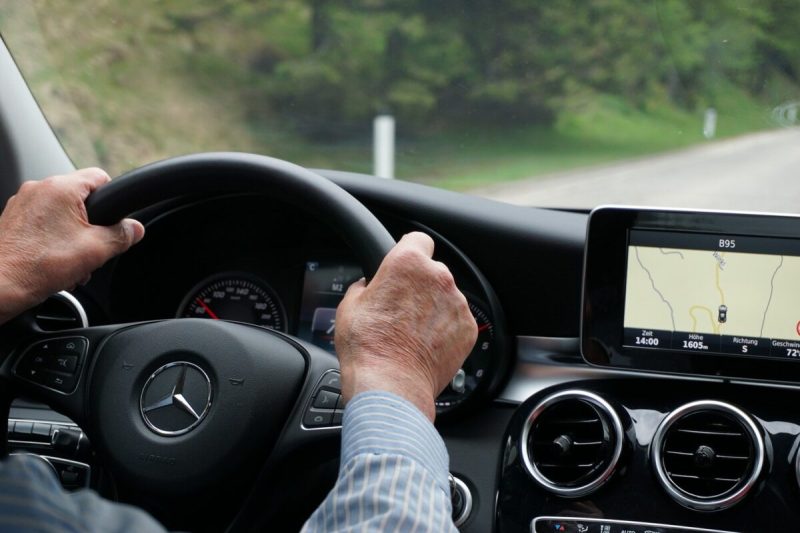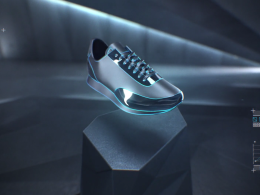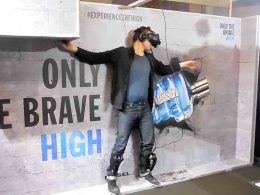Virtual reality is to help determine the driving skills of senior citizens in Korea.
In South Korea, elderly people are to prove in future that they can still drive a motor vehicle in virtual reality. The VR test is to be part of a programme to accompany the introduction of driving licences for senior citizens under certain conditions.
State support for VR driving licence project
South Korea's police authority wants to introduce the project to develop new assessment methods for the driving ability of senior citizens by 2025. The state is supporting the research and development with a total budget of almost 3.6 billion won (approx. CHF 2.8 million).
An important component will be a VR application. Senior citizens are to demonstrate their driving and cognitive skills in a simulation in the VR glasses. The underlying technology is said to have already been used for testing brain functions in dementia clinics. It is not yet known what exactly the tests will look like.
Reduce accident rate
What sounds like a nice technical gimmick at first has a serious background: South Korea is ageing disproportionately fast. Since the nineties, the country has been struggling with a low birth rate and has the lowest fertility rate in the world. The rising average age of the population leads, among other things, to a high number of dangerous traffic accidents. The VR project aims to counteract this.
The idea of making traffic safer with VR is not new. For example, our neighbours to the east already used VR technology in driving tests in May 2018, as our Report showed this. For example, the University of South Wales (USW) has developed an app to teach school children about the dangers of road traffic in a safe environment, as we reported. In Switzerland, too, VR has already been used to prevent traffic accidents. However, this is for cycling, as we reported. We also recently wrote about the Swiss start-up Aegis Rider. reportswhich aims to make cycling safer by projecting various information onto the helmet visor.
Source: Mixed









